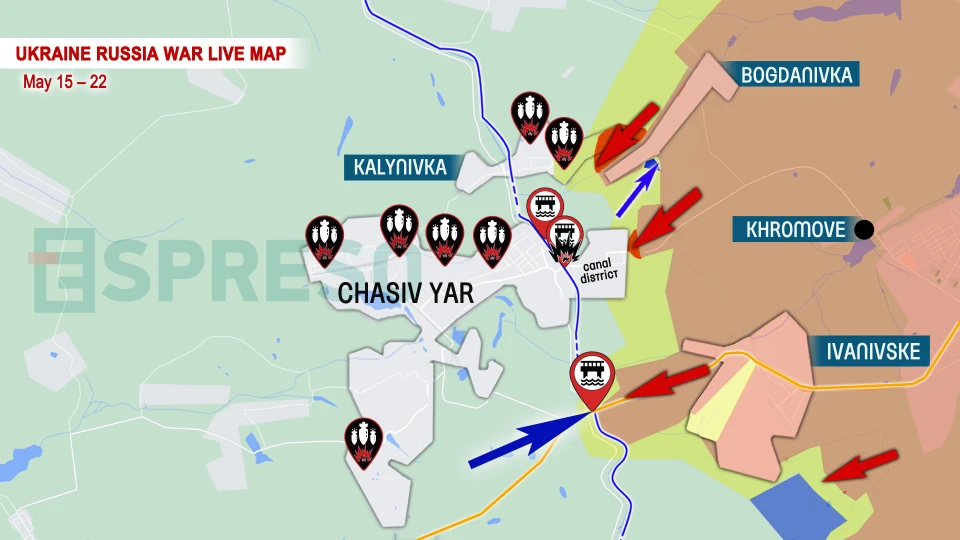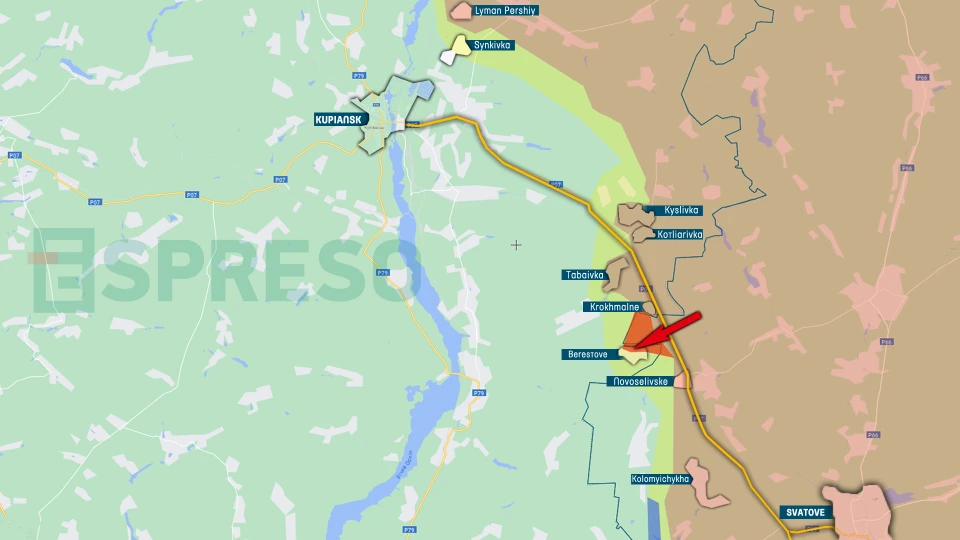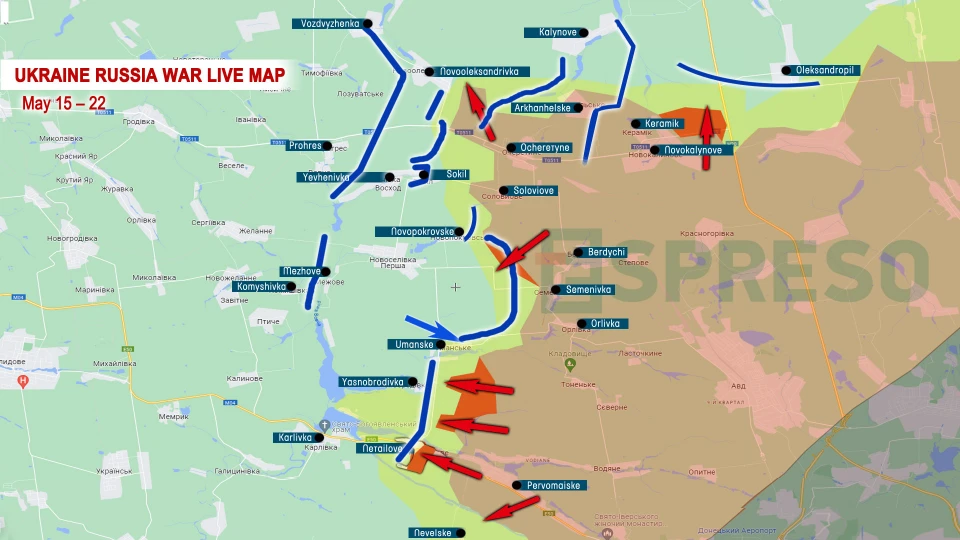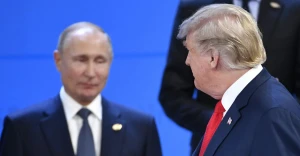
New page in destruction of Russian military targets: Ukrainian Armed Forces strike at Russian missile warning stations. Serhiy Zgurets’ column
Russia lost another missile warning station. The station in question is the Voronezh-M station, which is located near Orsk, Orenburg region, 1,700 km from the current front line
Russia has fewer and fewer missile warning stations
Russia has lost another missile warning station. This is the Voronezh-M station of the meter range, located near Orsk in the Orenburg region, 1,700 km from the current front line. Some media outlets cite sources in the HUR, stating that HUR drones from struck this radar on May 26. This marks a record range for the use of domestic attack drones.
There are already satellite images showing the consequences of the strike. In fact, the resolution of the satellites does not yet allow us to assess the consequences of this strike, but let me remind you that this is not the first strike on the missile warning system. On May 23, it was reported that the Voronezh-DM horizon station near Armavir was hit, which means that the Ukrainian side is targeting extremely sensitive Russian targets. At the same time, these are objects designed to detect ballistic missiles.
These stations are part of the Russian missile warning system. They have the capability to detect satellites and ballistic missiles at a range of up to 6,000 kilometers and at an altitude of up to 4,000 kilometers. Formally, these are ordinary legitimate targets that Ukraine can destroy. There was even speculation that the Voronezh-DM station, which was located in Armavir, partially overlaps Crimea and could possibly see ATACMS or F-16s. However, these are all assumptions.
So far, we are talking about more pragmatic versions that involve the use of strikes on these stations, because we know that these missile attack warning systems significantly reduce the effectiveness of warning systems about a Russian attack. In other words, Russia is identifying facilities that, in the event of an attack, could lead to retaliatory actions by Russia, even with nuclear weapons, because it is an encroachment on their sacred, strategic nuclear weapons and entry into the control loop over these nuclear weapons.
What are the possible reasons? Why is Russia reacting so strongly? What are the potential uses of our long-range drones against these highly sensitive targets?
Let's start from the simple to the complex. First, pulling back Russian air defense systems. If such strategic sites are not protected, we can expect Russia to pull back air defense systems to protect these sites. This will expose other parts of the front.
Secondly, it involves blurring the "red lines" that Russia is trying to draw for Ukraine regarding the use and reliance on tactical or strategic nuclear weapons. This step is complex and sensitive, but Ukraine is likely consciously moving in this direction to potentially force a change in the stance of our American partners. Essentially, the message is: let us stop hitting the Russian nuclear facilities that you are so concerned about, and in return, you will finally allow us to strike legitimate targets in Russia with your ATACMS weapons.
The third option is coordinated action. Russia is militarizing space and has launched several satellites that could potentially threaten groups of American satellites at low orbital altitudes if they are nuclear-equipped. The United States attempted to pass a UN resolution on the non-use of space for military purposes, but in April, Russia did not support the resolution. Therefore, these actions can be considered coordinated.
Additionally, there is the issue of Russia's strategic nuclear weapons exercises and its attempts to intimidate Europe and the United States with its nuclear arsenal. All these components come together, indicating that Ukraine's strikes on Russian strategic missile systems represent an asymmetric, multivariate response.
It is clear that this story will continue, but this is a new page in the destruction of Russian military targets, not only in terms of the range of drones, but also in terms of the sensitivity of these enemy targets. We look forward to the continuation of this new story.
Visit of the President of Ukraine to Spain
Yesterday, President Zelenskyy went on a visit to Spain. The media announced that a number of military samples will be transferred to Ukraine. The media announced that it is a package worth almost $1 billion, which will include samples of equipment and weapons from Spain. We are talking about tanks, missiles for air defense systems, and ammunition. We don't know when the official announcement of these packages will be made, but the media are already reporting.
Situation on the front line
The front line is in desperate need of ammunition and trained, combat-ready units. National Guard brigades are fighting near Chasiv Yar.

Ruslan Muzychuk, spokesman for the National Guard of Ukraine, noted that Chasiv Yar has long been one of the areas where the enemy has been concentrating quite a lot of effort and continues to carry out constant assault operations. First of all, I am talking about Russian infantry groups trying to assault from the flanks, in particular in the area of Ivanivske. Of course, there are also frontal attacks. Russia is actively using drones and artillery to create favorable conditions for the advance of its infantry and strike at the positions and defenses where our servicemen of the Ukrainian Defense Forces are performing their tasks. In addition, the invaders are using aviation, and these are UAVs. Ukrainian defenders are holding their positions. Aerial reconnaissance is an effective component on our part to detect possible advances of Russian troops in time and understand what forces and means they can bring to the line of contact. Our artillery and unmanned aerial vehicle units are working to destroy Russian equipment and strike at their logistics.
The spokesman for the National Guard of Ukraine said that currently, one of the National Guard's Special Forces units is operating in the Kharkiv region, and its soldiers are using UAVs, FPVs and other drones quite effectively. When Russia intensified its attempts to cross the border in the Kharkiv region on May 10-11, the Omega Special Forces unit of the National Guard destroyed about 10 units of Russian vehicles using FPV drones on the first day alone. Snipers and assault groups are also working in this area, carrying out counterattacks in areas where Russian infantry is trying to advance, neutralizing them by engaging in small arms combat. This area is being reinforced by our other units, artillery and mortars are being used to inflict fire damage and deter Russia’s attempts to carry out assault operations, in particular in the direction of the village of Lyptsi and in the area of Vovchansk.

The serviceman noted that in the border areas, in particular in the north, and not only in Sumy and Chernihiv regions, the NGU units, together with the Border Guard Service and the Security Service of Ukraine, periodically conduct joint exercises and counter-sabotage activities aimed at detecting attempts to infiltrate enemy subversive groups along the border. Special forces and other units performing relevant tasks are also involved in such activities. Such work in a fairly active mode near the border makes it possible to understand and obtain up-to-date information about the state of affairs at the border. To have a complete picture, information is exchanged and analyzed with other services.

Muzychuk added that recruitment to various units of the National Guard is ongoing, with tasks ranging from protecting critical infrastructure to operating on the front line. The NGU has more than 500 mobile and stationary fire groups that counter air targets, i.e., the fight against the Shahed and cruise missiles. The National Guard is also engaged in demining, serving at checkpoints, and conducting stabilization activities in the de-occupied territories. Today, vacancies are advertised as simply as possible, so that it is easy to understand how and where to join such units.
- News












































